Knowing full well that India and China cannot achieve the Zero Target by 2050 (they commit for 2070) and transition away may provide loopholes for the fossil fuel swallowers there has not emerged a viable, feasible action programme allocating specific targets to guilty countries in view of the damage currently done by their present life styles.
Dubai has developed the habit of hosting everything under the Sun: politics, sports, fashion, international crime et al. So, it was no wonder that the just concluded COP28 summit on the hot topic of Climate Change -getting hotter by the day due to overheated perspectives on Global Warming-was held there. Almost all countries were represented. Ideas, issues, allegations, and denials were galore. The summit ended by choosing Azerbaijan to host COP29 despite some raised eyebrows. NaMo, the irrepressible showman that he has been in the last decade at home and abroad, contrived to hit the headlines by befriending Gorgia Meloni the gorgeous Italian leader; their picture together was captioned ‘Melodi’ to the ecstasy of fans of both.
By all standards, the almost week-long show was grand. It attracted half a million registrations and 77000 delegates from 189 countries. So, Toms, Dicks and Harrys were there with Marys, Janes and probably Harriets. It was supposed to focus on the issues of fossil fuels, methane emissions, funds to fight Global Warming (GW), capitalization (sic actual collection?) of loss and damage fund and evolving a framework for global goal on adaptation of less risky technologies.
Like every saint COP28 also had a past! It was decided at the previous COP (Paris) that there should be Global (country by country) Stock Take of damage to the environment, corrective measures taken and some kind of SWOT speculation on the future. A comprehensive report was expected at this conference. The Paris COP had stressed the need for a universal Green Pledge and the Health Pledge was also floated to ensure commitment of both the developed and developing countries.
Like all lofty agendas, the Paris brief has either proved too idealistic or has been dragging its feet.
Simply put the COPs hide more than they reveal: unsuccessfully though! They talk big and vie to outwit one another in the small print.
Take the case of fossil fuels: oil and coal. The most developed and richest countries thrived on coal initially and switched over to oil when it was available while the poor lot were still tilling land and adding methane to the environment. So, the onus to check fossil fuel damage by reducing their application is on the developed countries. India has reason to be proud on this count because though we are 17 per cent of the world, we add only 4 per cent (7 per cent by conservative estimates) of greenhouse gases: our development default is a plus point on this paradigm. China too must be adding less greenhouse gases per capita as compared to the real defaulter countries. India and China together have to cater for 40 per cent of the planet's population and cannot give up conventional sources of energy and hence have made huge investments on those projects. Further, agriculture is still a major economy in both countries and they will need help in controlling the spread of methane in the atmosphere and sending it back to the bowels of the earth.
As such it would have been more expedient for the developing countries to put up a joint front and lay the blame at the doors of US, Australia et al who are pouring out GH gases in total defiance of regulatory initiatives like the Kyoto Protocol. Instead, a lot of time was spent on wording of the resolution: in fact, on dilution of its spirit. Look at this word jugglery- ‘phase out’ was watered down to ‘phase down’ and the final choice fell on ‘transition away’ from fossil fuels. The dampest squib ever?
Knowing full well that India and China cannot achieve the Zero Target by 2050 (they commit for 2070) and transition away may provide loopholes for the fossil fuel swallowers there has not emerged a viable, feasible action programme allocating specific targets to guilty countries in view of the damage currently done by their present life styles.
The irony that developed countries can drastically phase out fossil fuels but they won’t/don’t and developing countries can’t at present gets more confounded by the fact that this conference was hosted by Dubai which owes its development to the heart of the OPEC. This was an open invitation for double talk-delegates emphasizing phasing out of oil and the Chair himself from the oil lobby! No wonder that the fossil fuel initiative kept doing circles on the runway!
Capitalisation of the Global Loss and Damage Fund was another ‘real life’ issue for COP28 despite the impossibility of realistically estimating the enormous damage done by developed societies and recovering it 100 per cent from them. But the rabbit to come out of this hat is, to say the least, ridiculously disappointing: 800 million US dollars to rectify damage estimated at 400 billion US dollars! What generosity! What hypocrisy! It’s not even one percent of the estimated damage and most likely to be spent on ‘research infrastructure’ set up by the donors and /or their appointees!
Time and again we have witnessed this at all world meetings where Climate Change (CC) is the issue. The hypocrisy of the developed countries has been a sadly recurring ritual in all. Homilies to the not guilty societies are the order of the day which the parrots of the developed countries recite to their countrymen on return. International experts on the environment treat developing societies as safe sanctuaries where they can wax eloquent to cover up sins of their own societies and economic lobbies. It is high time that the climate of any discussion on Climate Change is freed of this pollution!
And it is not impossible: India and China can lead this reversal!
Read Also : Monsoon Forecast: Yearly Fiasco - Vinay Hardikar
By any calculation India and China, at present, are half the world and 20 percent of the global economy. Belonging to both the tropics and semi-tropics they possess abundant resources of land, water, forest, sun, air and a fair measure of fossil resources. Together, both have huge man power- both trained and untrained. China had been forecast as the workshop of the world and India as its office some years back: it may even be more feasible jointly. Culturally too till the advent of Europeans in South Asia, the two countries had relations based on curiosity and mutual respect. It was only in the 20th century that the two most ancient civilizations of the world found themselves in ideological adversity and in continuous border disputes. Here too the vested interests of the developed world, political strategies of the Cold War ruled the roost-the West had a big stake in keeping South Asia unstable: keeping both Pakistan and China nagging at India served interests of the capitalist block and not of India/Pakistan/China.
Can the two giant nations bury the hatchet and face the developed world as two developing countries, is the moot question. I know that the Time is not right even to make a suggestion of this sort. The wounds of Panchsheel failure and Chinese betrayal are yet to heal. Be that as it may, joining hands on economic and thereby environmental issues and making a deliberate attempt to put the immediate past behind will surely send the ball back into the court of the really guilty parties on CC. Further, it will usher in an age of confidence and productivity among entrepreneurs of both countries.
In short, we have to take the world back to the 1600s when the East India Company was founded by industrious British investors to throw their money and guts into trade with India which commanded 25 percent of the world economy. Same was true of China. Europe got rich at Asia’s cost: so much so that Lisbon suffered a ‘black out’ at the fall of the Vijayanagar Kingdom. Let us look at the second half of this century when India and China will have equaled the West in world trade and even outnumbered on some paradigms.
India and China have agreed on 2070 as the Zero Target year. If they join hands on the CC issue now the same year could prove a big turning point in world history. It will shift the center of the world to Asia after 500 years, and increase immensely the self-reliance of the developing countries. It will also envision a future of world environment to serve the interests of the underdeveloped majority of mankind and put the arrogant, comfort obsessed developed minority in their place.
Any takers? Any adamant optimists?
- Vinay Hardikar
vinay.freedom@gmail.com
(The writer has been working in the public sphere of Maharashtra for the last five decades. His versatile personality has several dimensions, but the primary ones remain to be that of an established writer, journalist, editor, critic, activist, and teacher.)
Tags: India China Environment Global Worming Climate Change Load More Tags

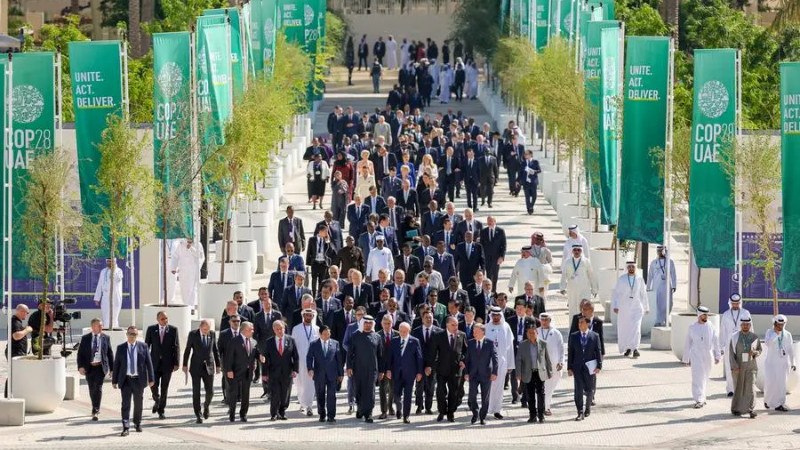


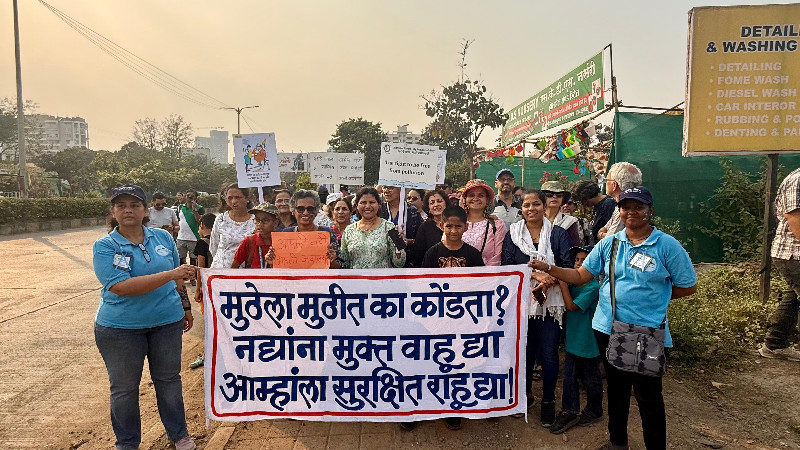

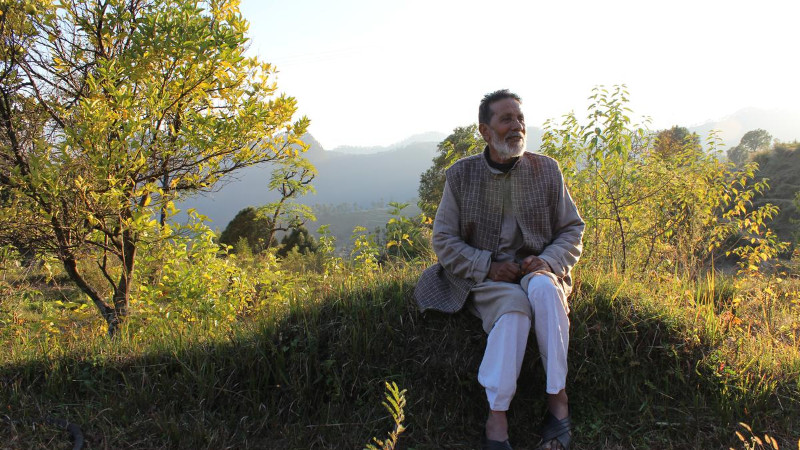

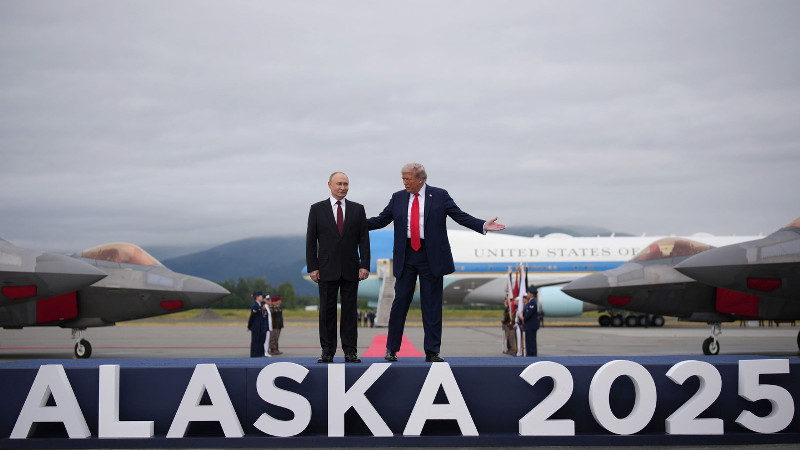



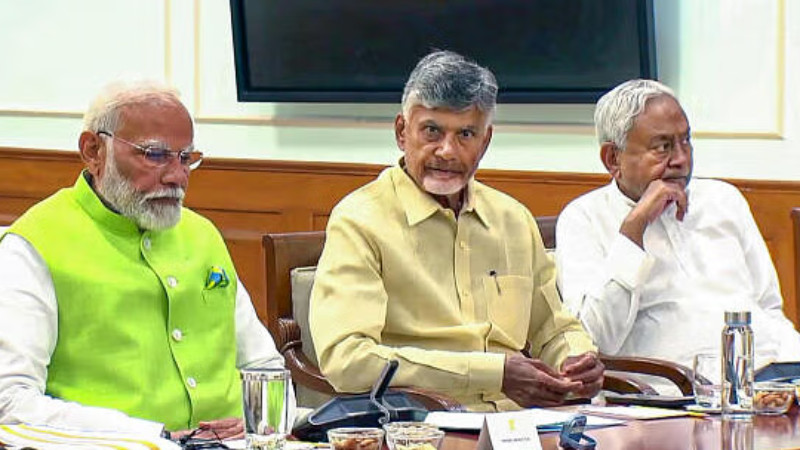
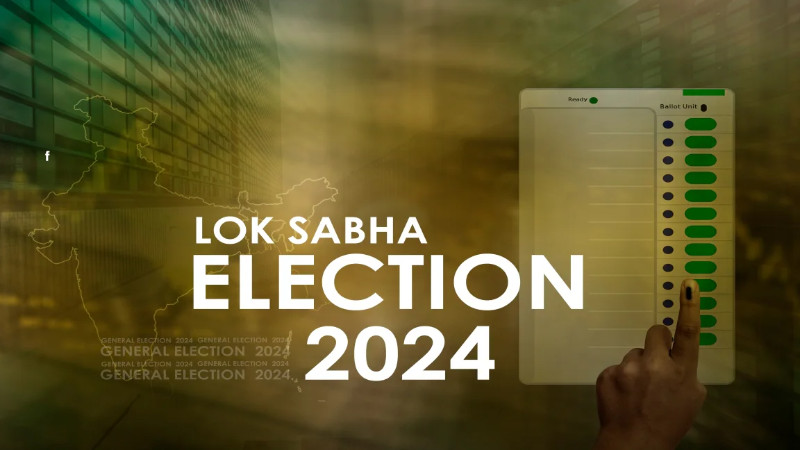

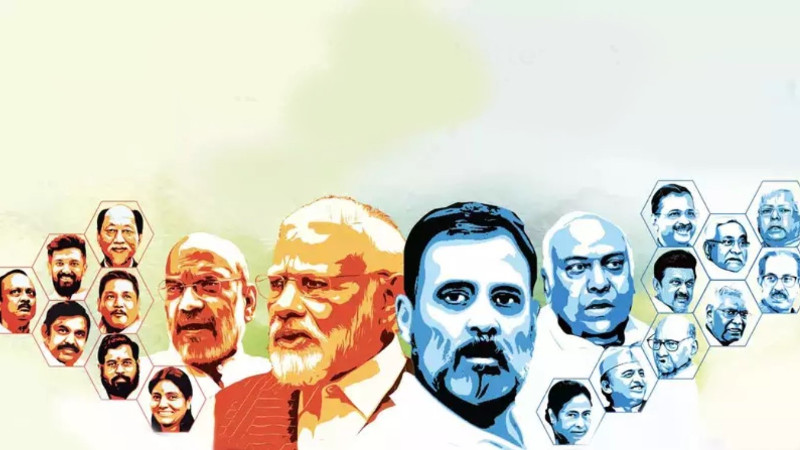
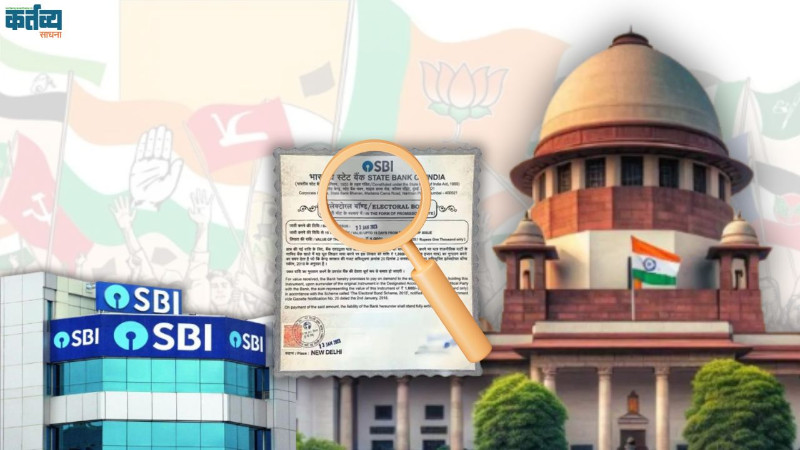
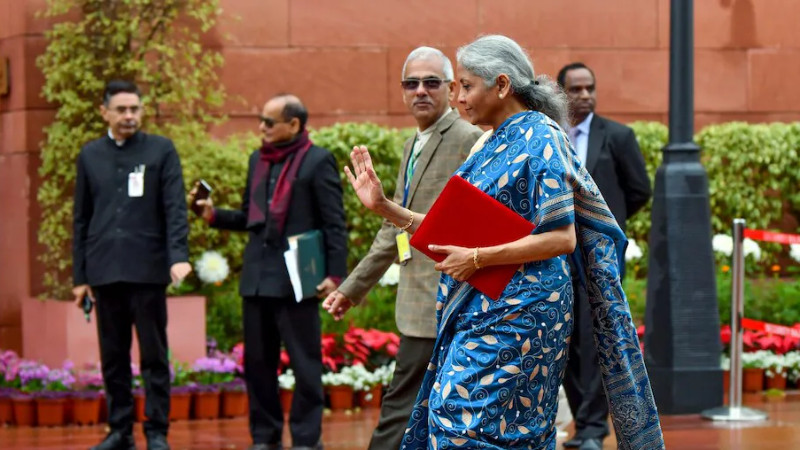



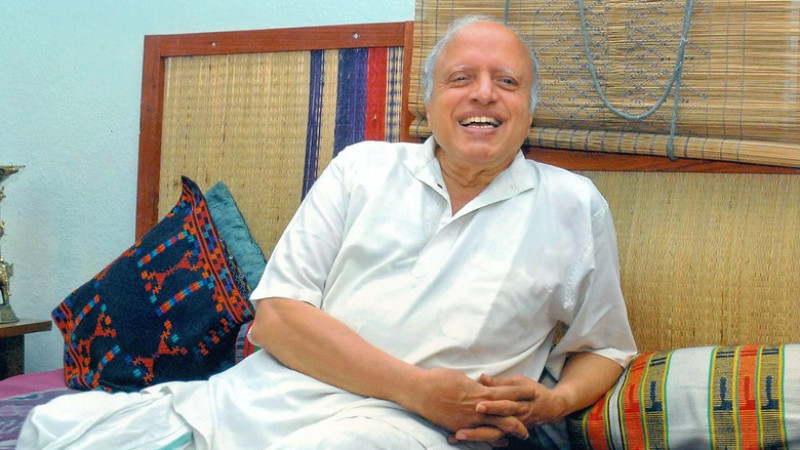
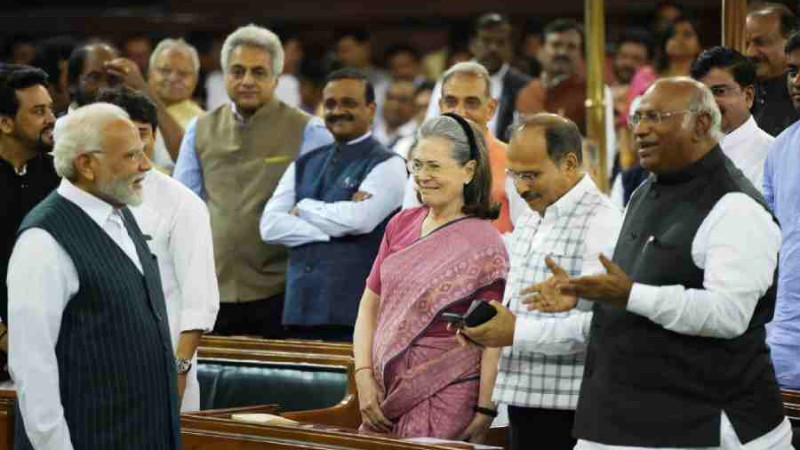
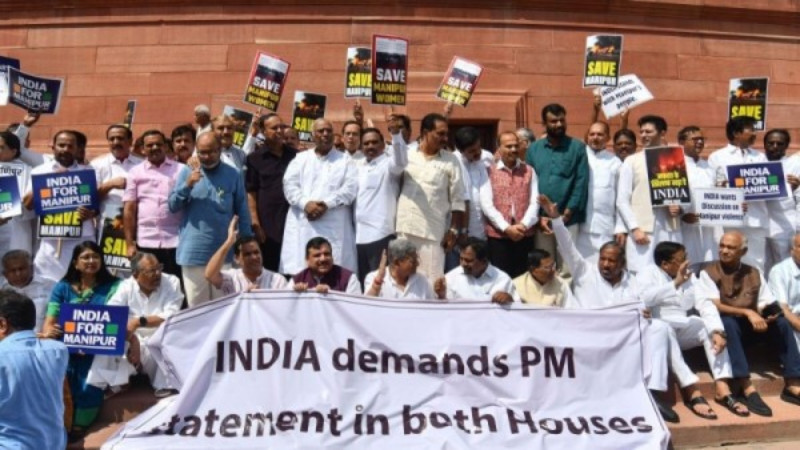
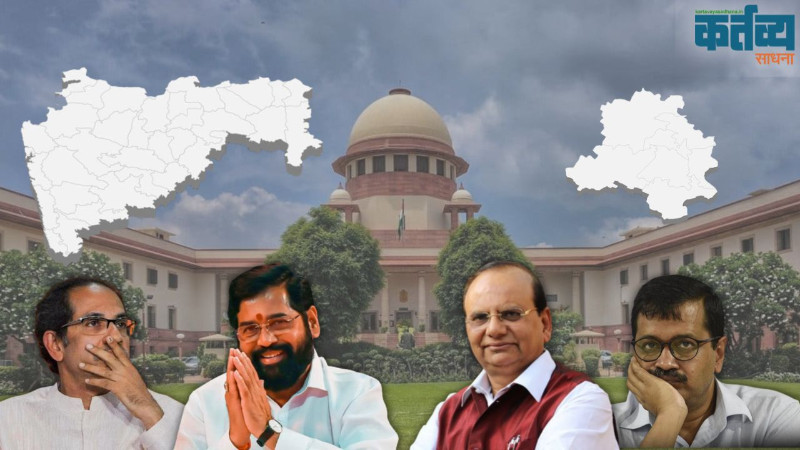
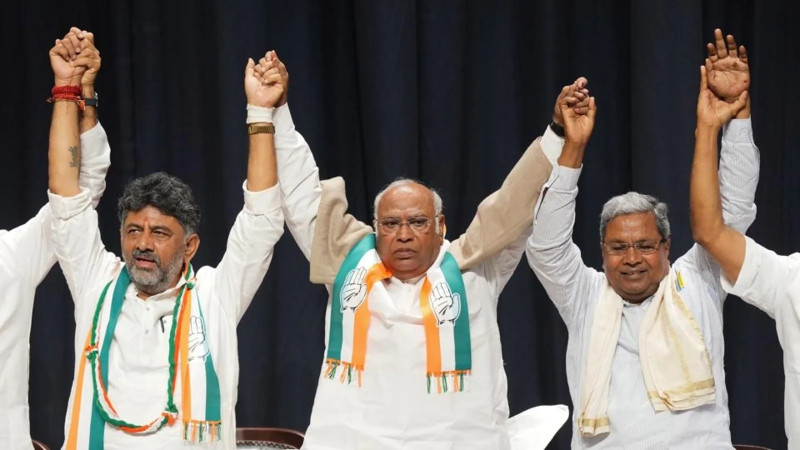

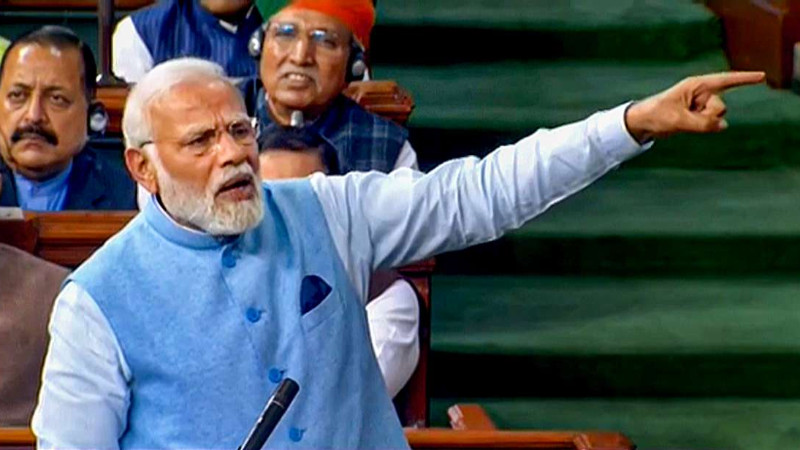
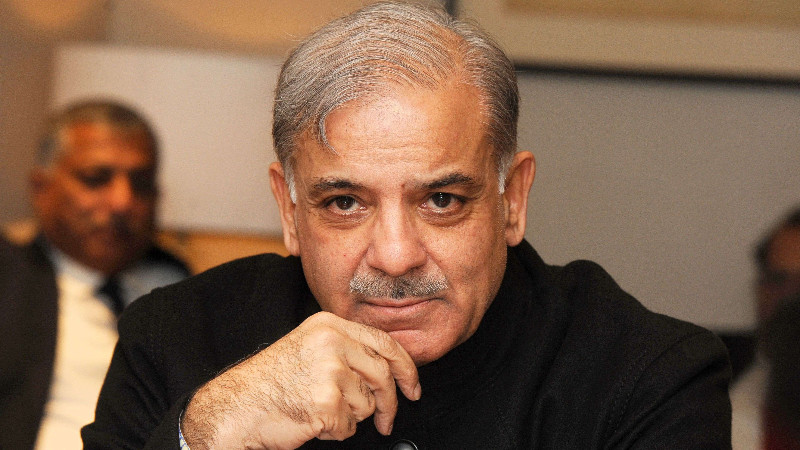

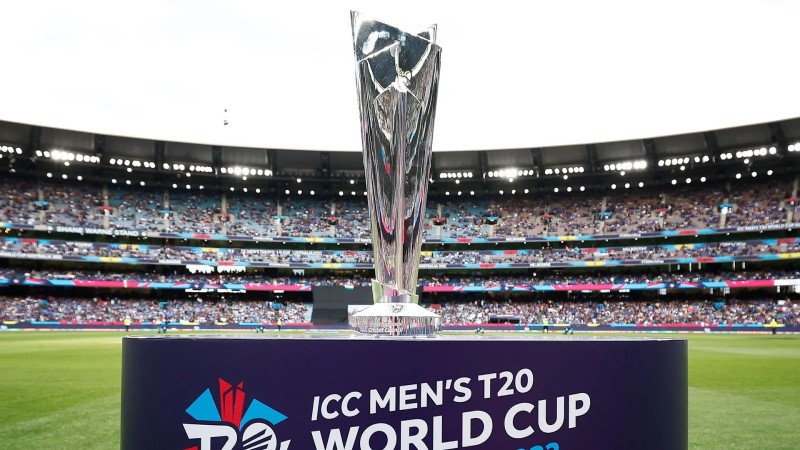
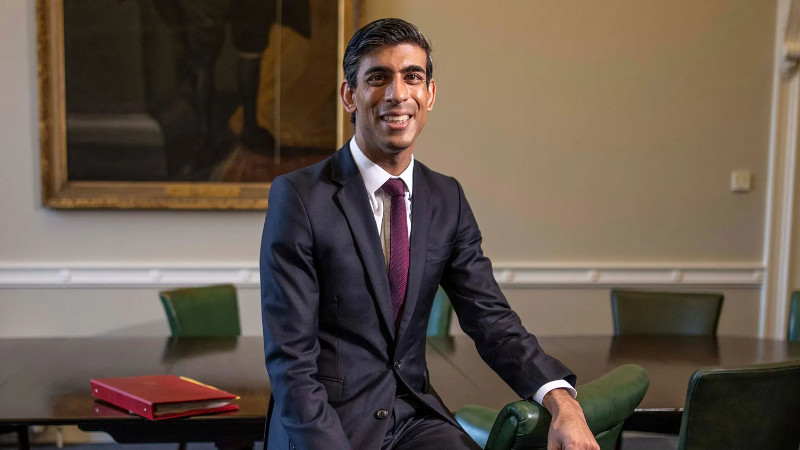
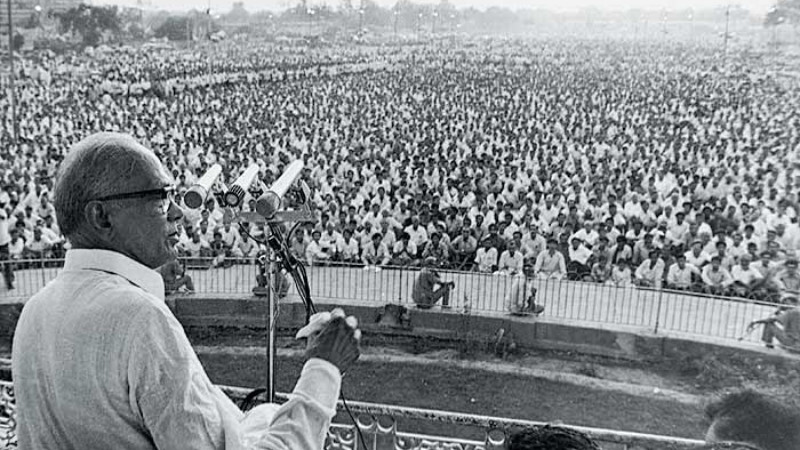


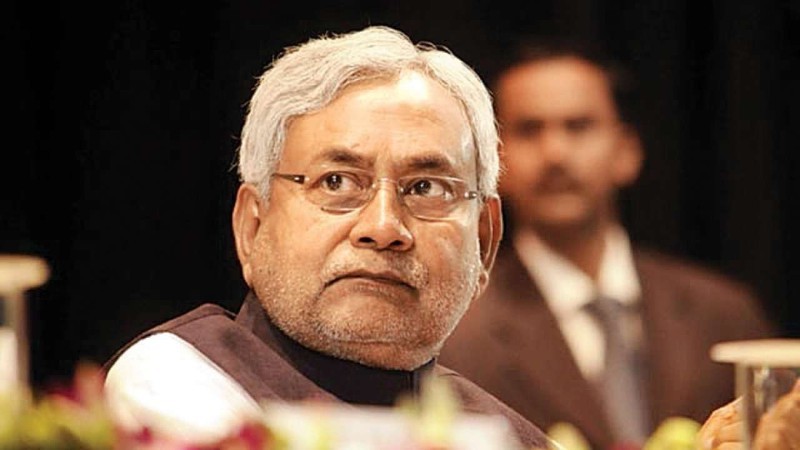
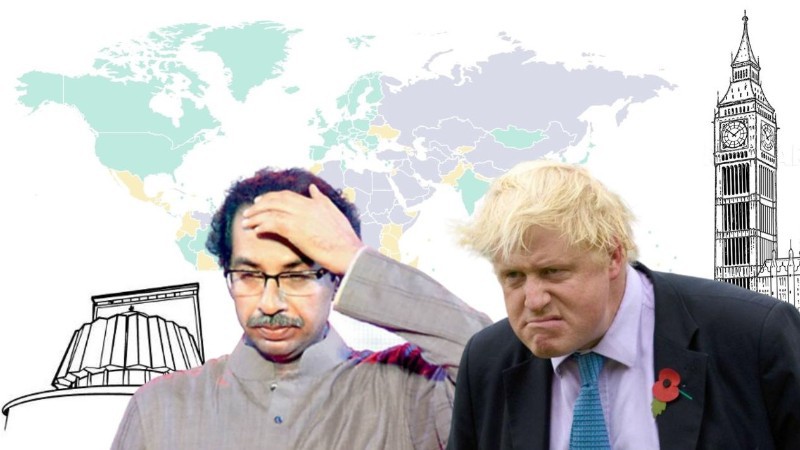

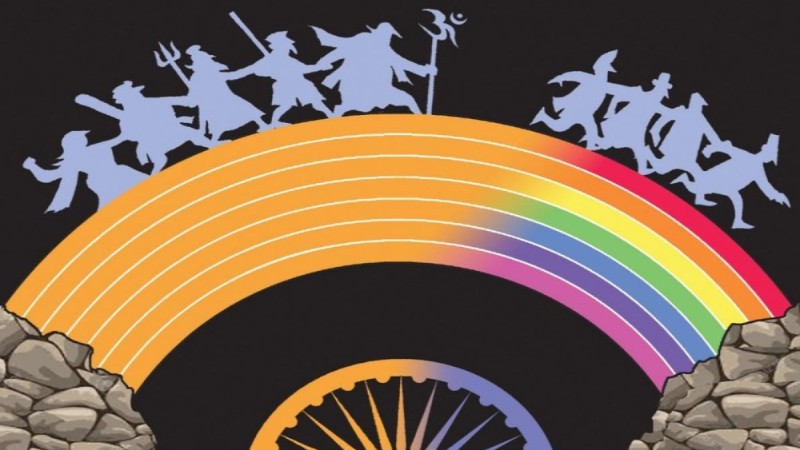


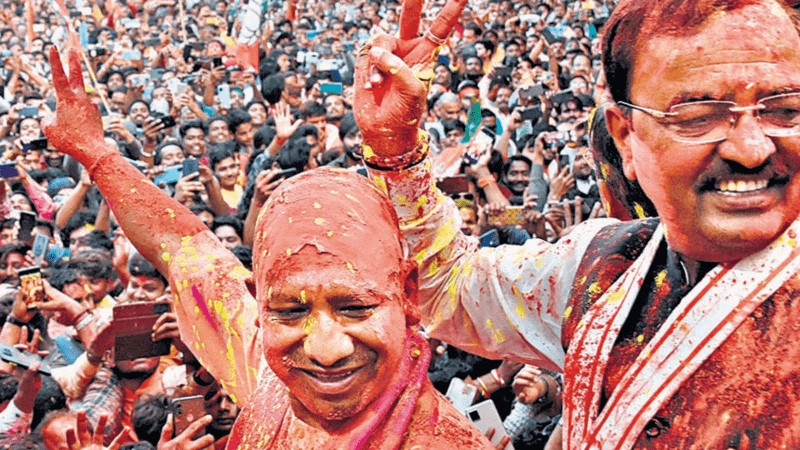
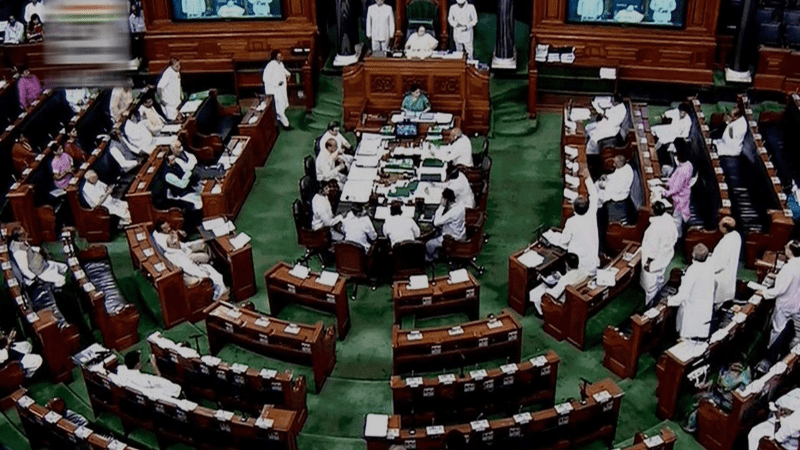
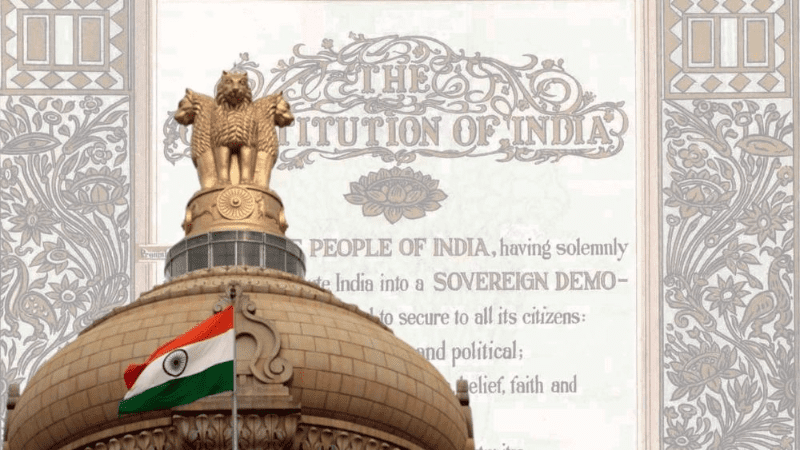
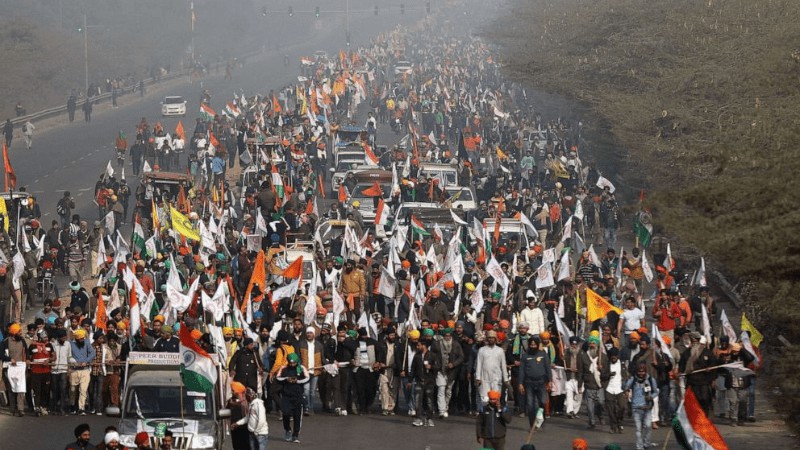
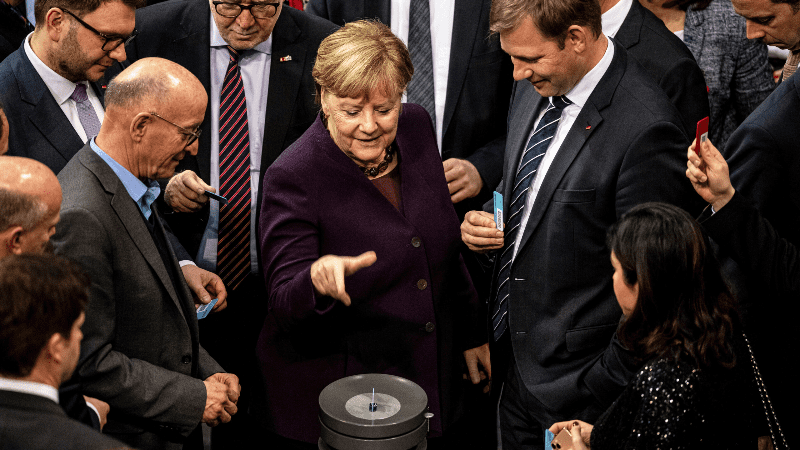
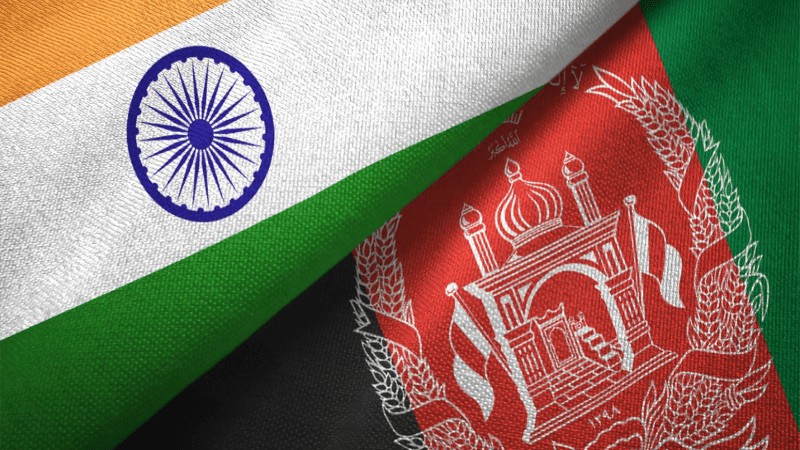

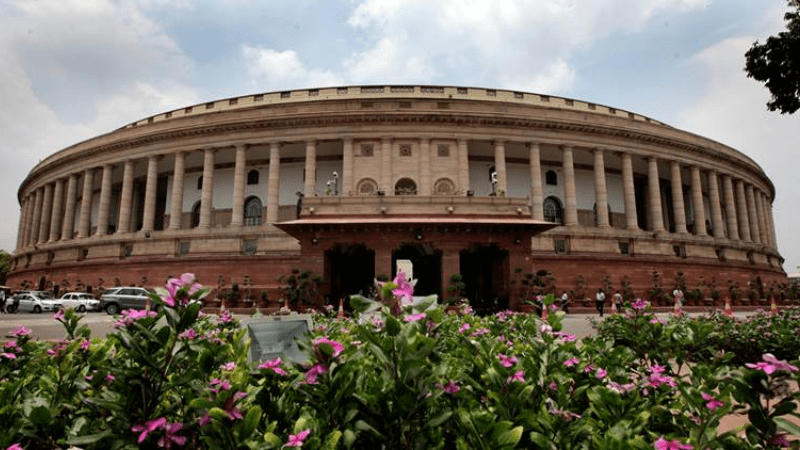

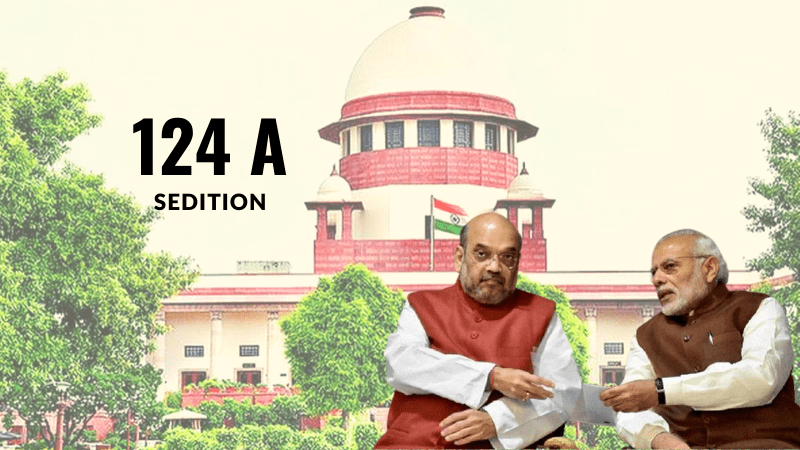

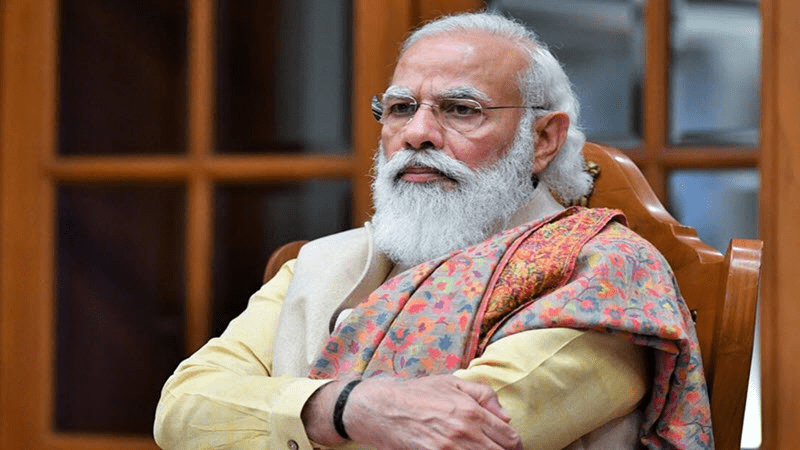
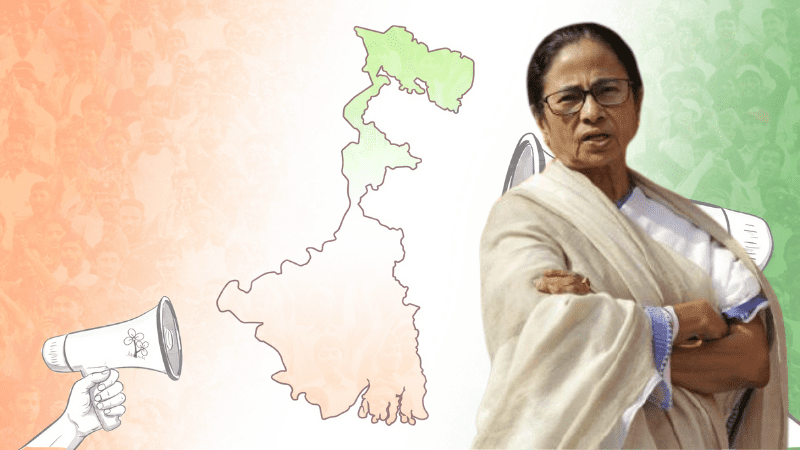
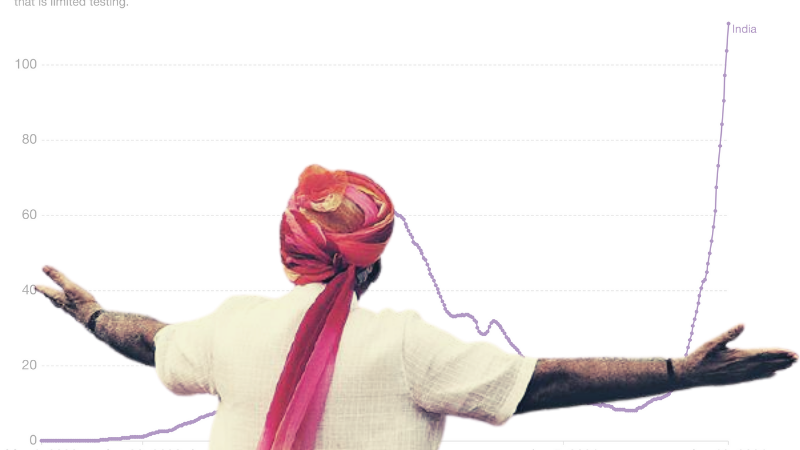


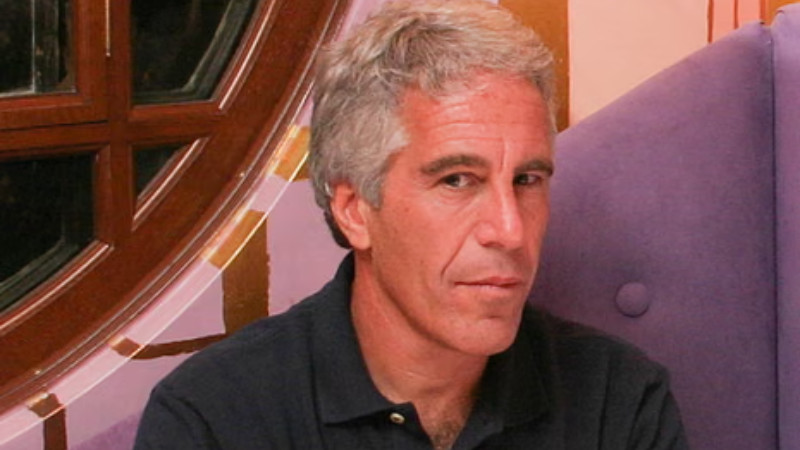
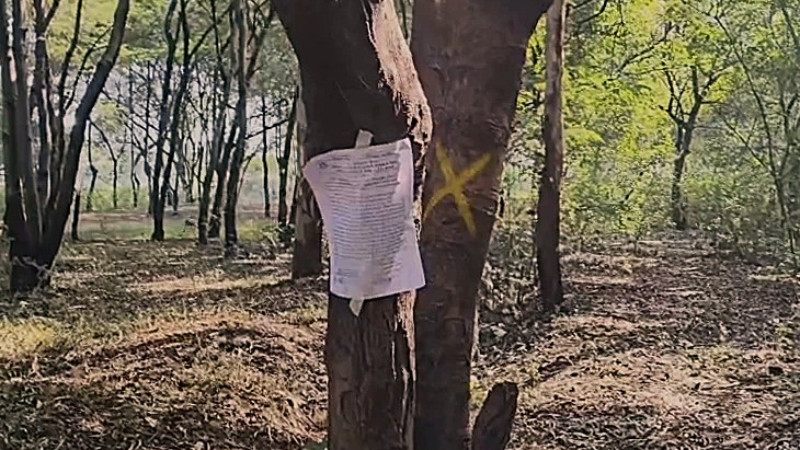
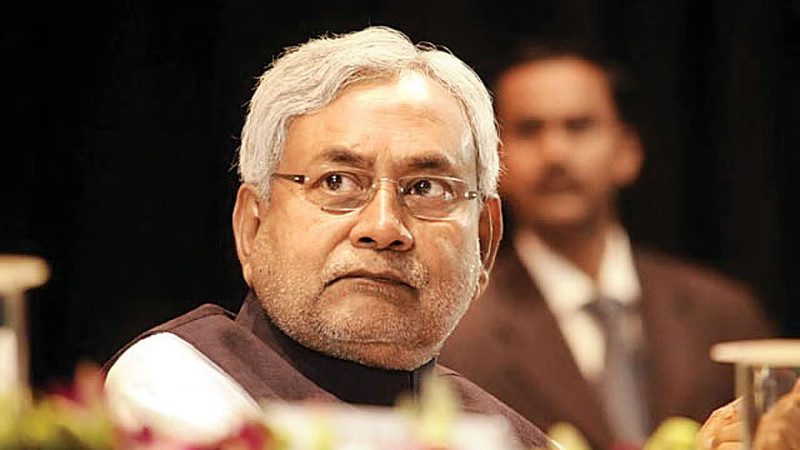
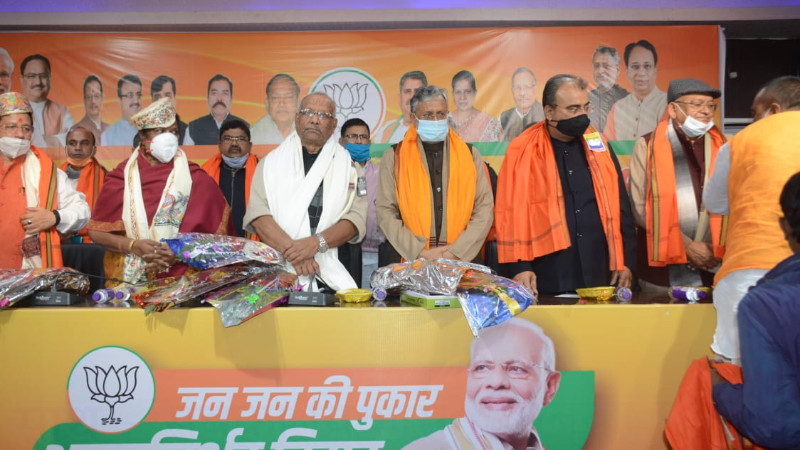
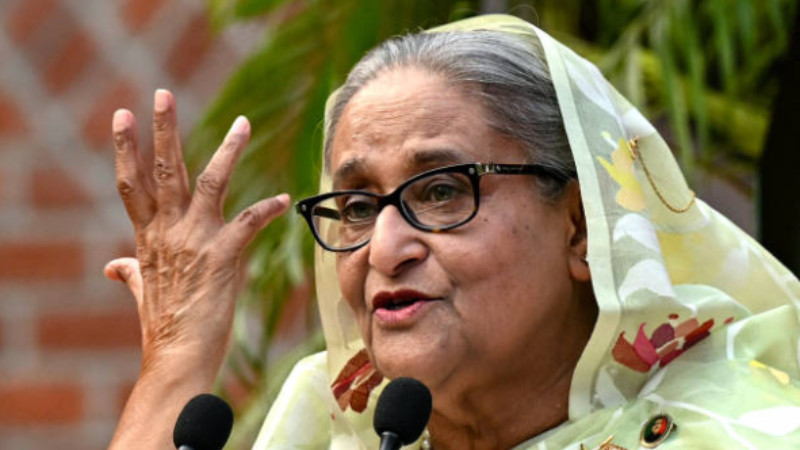

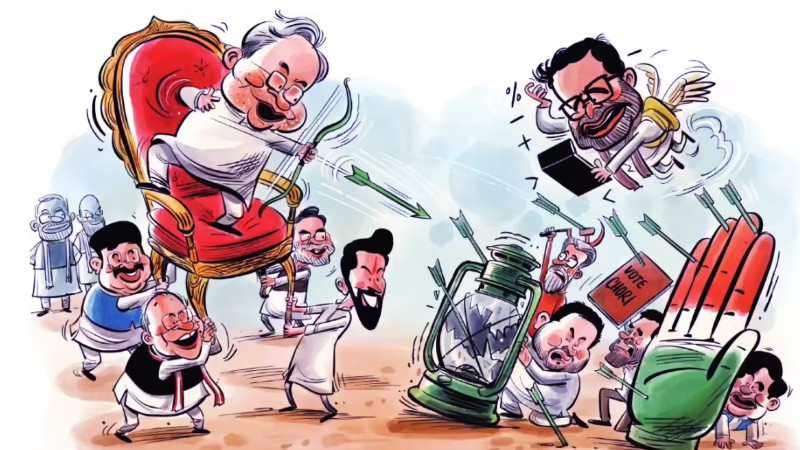
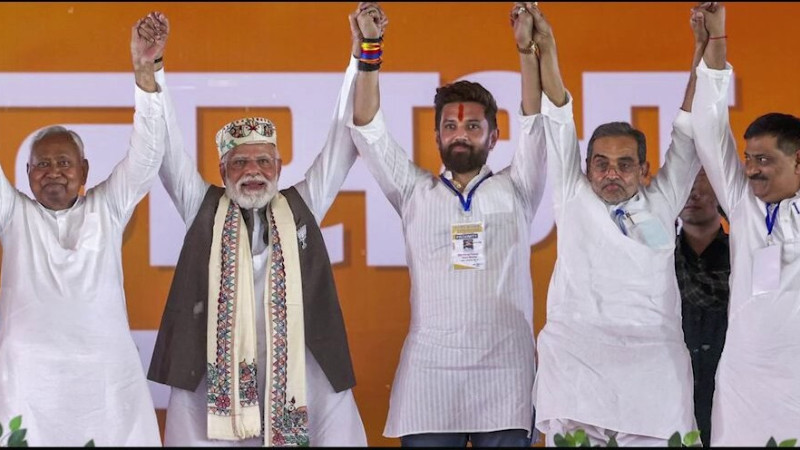

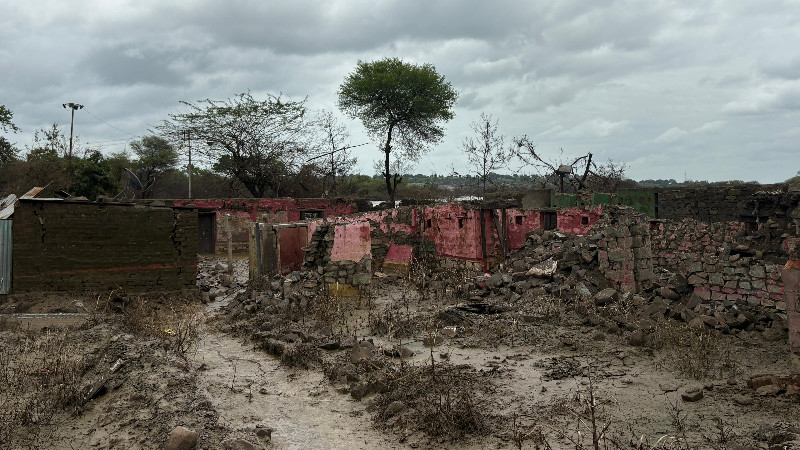
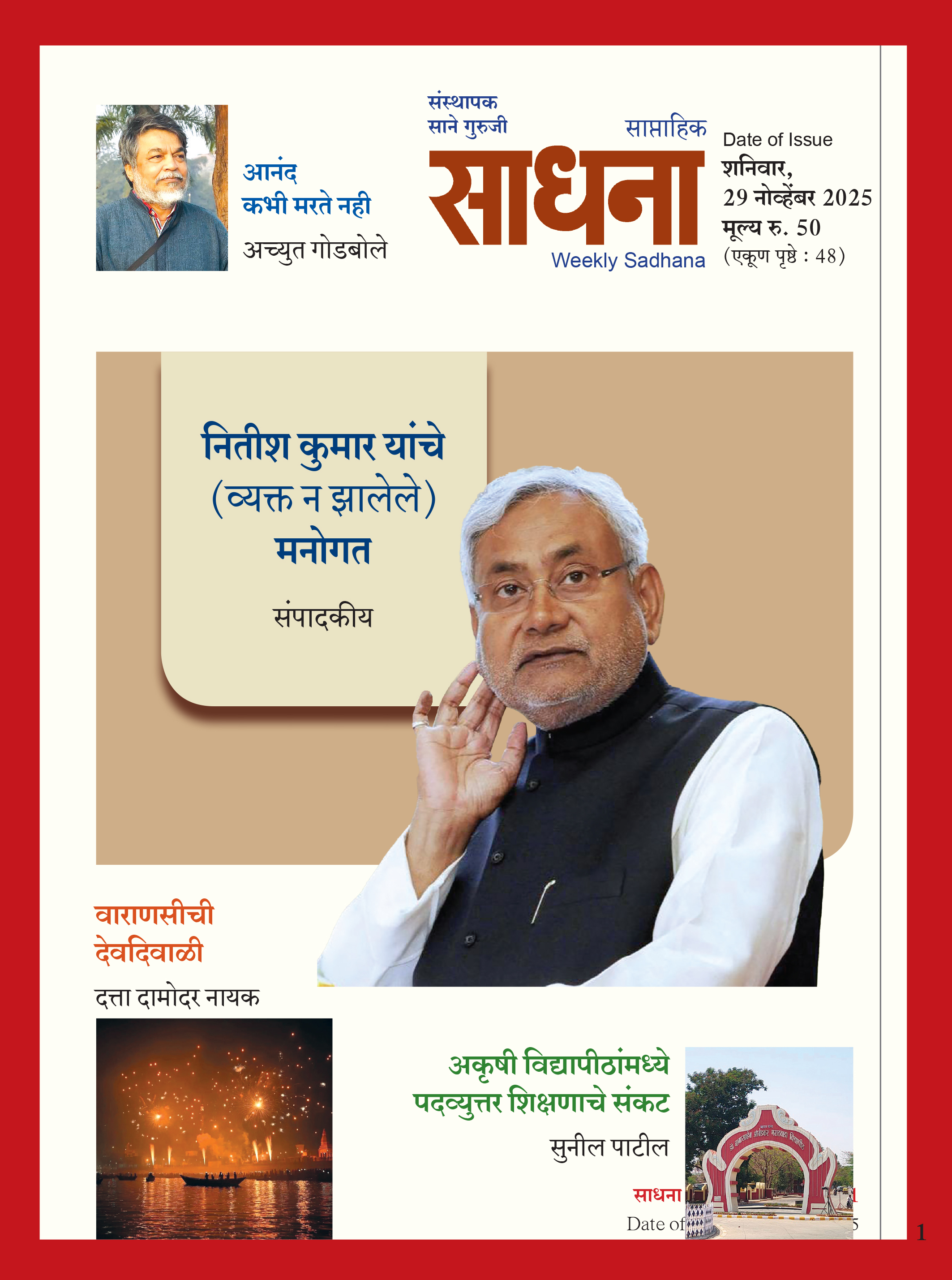





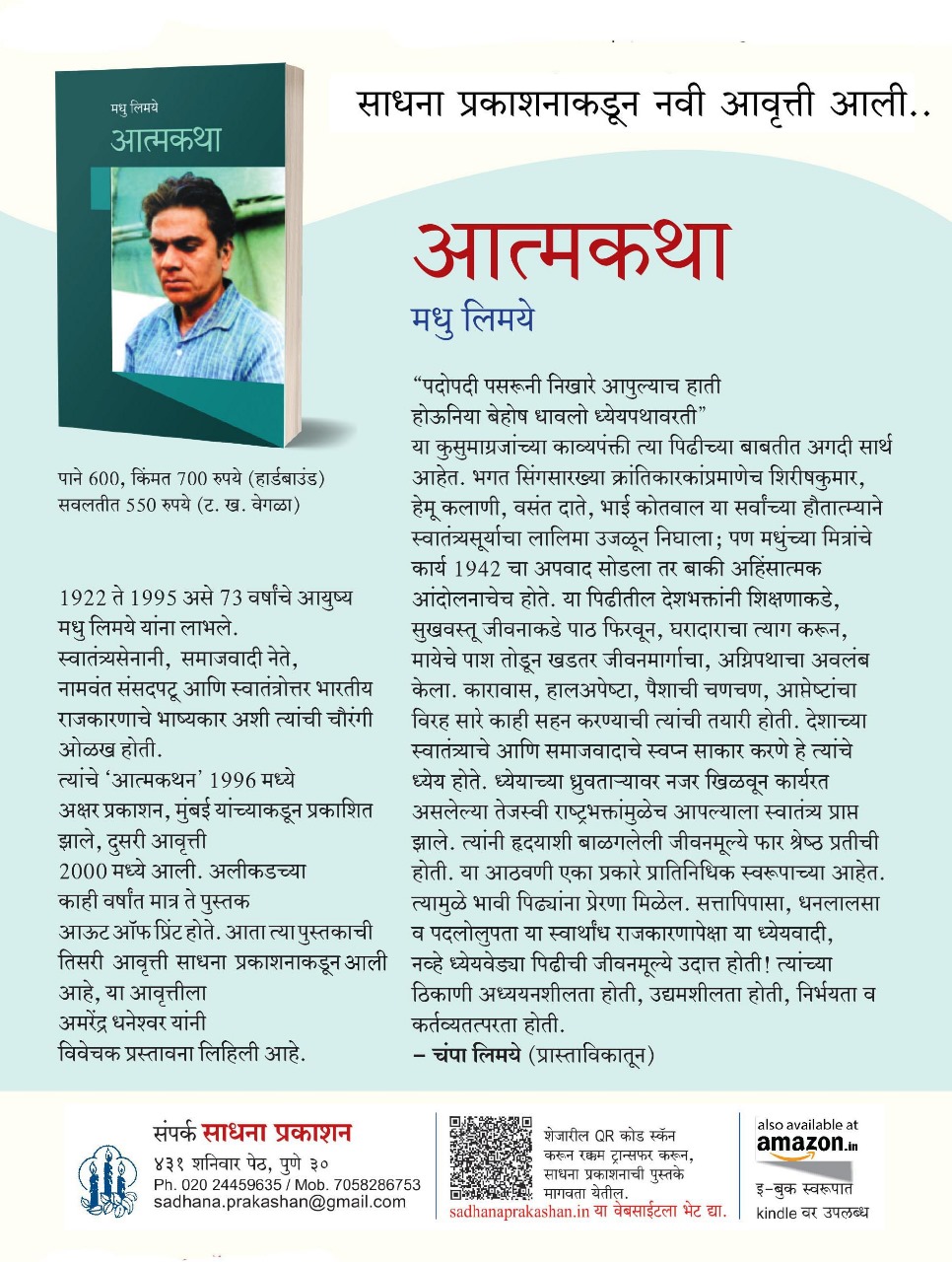



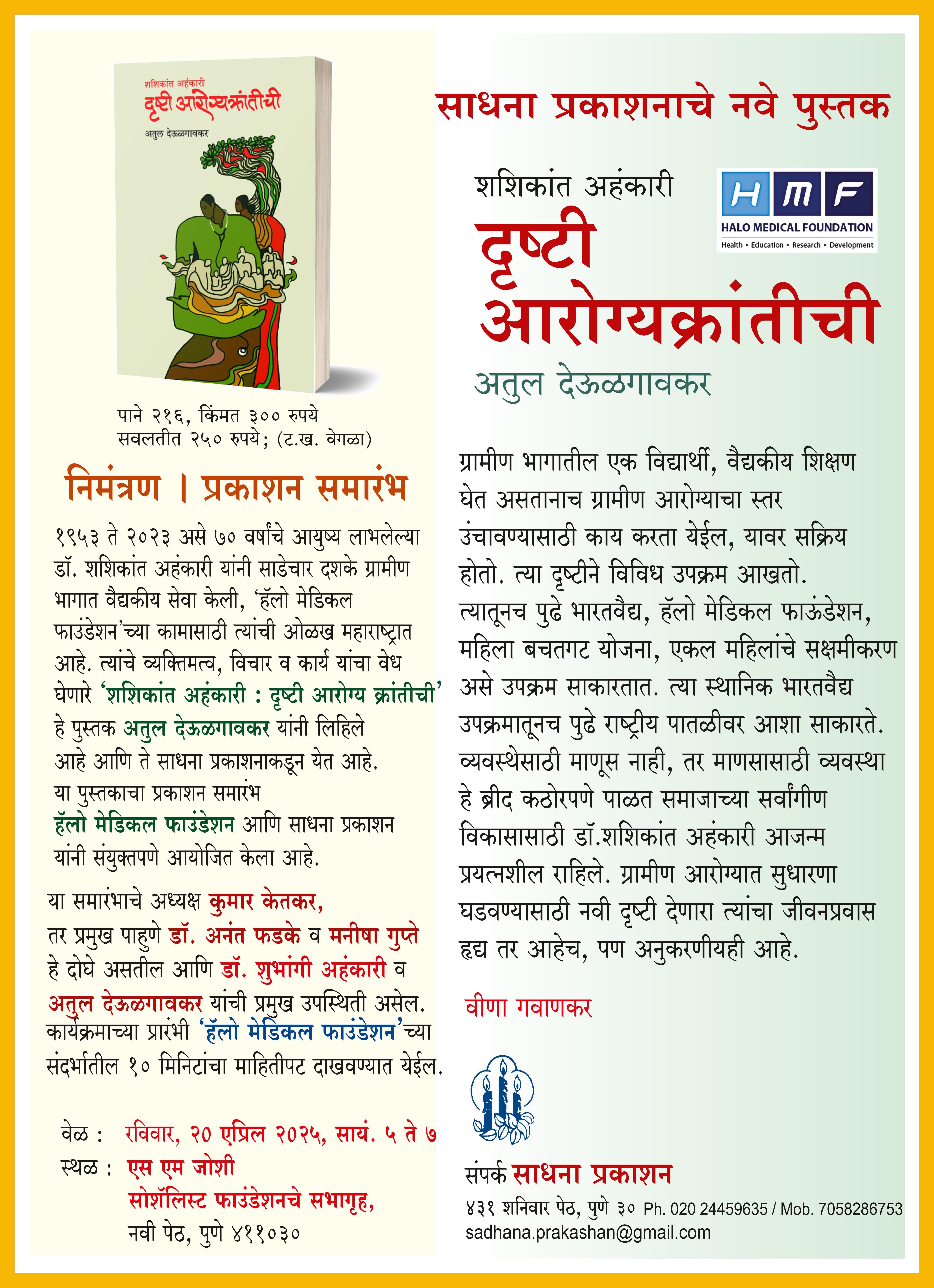



Add Comment